Recovering from an Algorithm Update: A Technical SEO Case Study
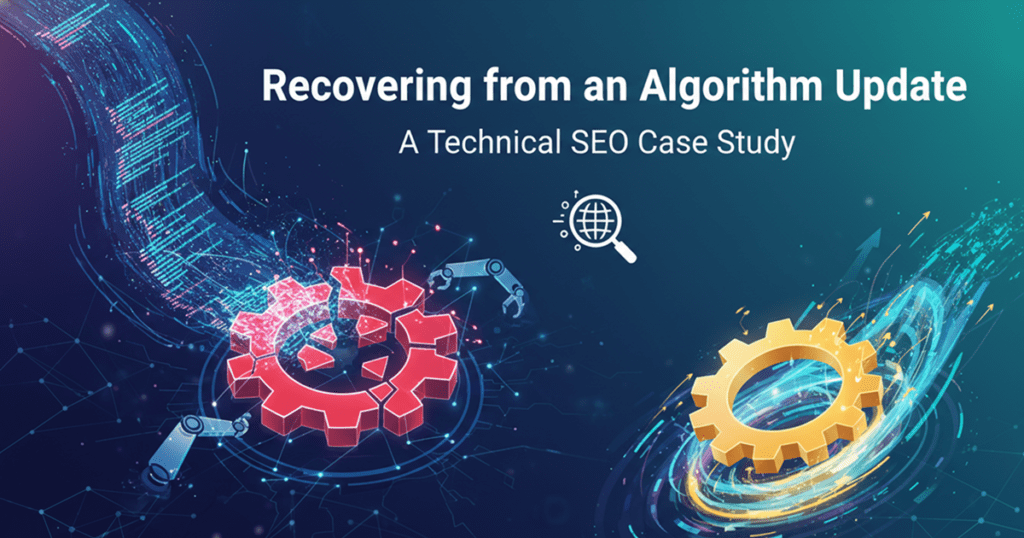
Recovering from an algorithm update is one of the most challenging experiences for any website owner. Rankings can drop overnight, traffic may decline, and leads can slow without warning. With search engines updating their systems to improve result quality, websites that fail to meet evolving performance standards can fall behind. This case study explains how […]
Building Multi-Tenant SaaS on Django: Tenant Schemas, Row-Level Security & Billing
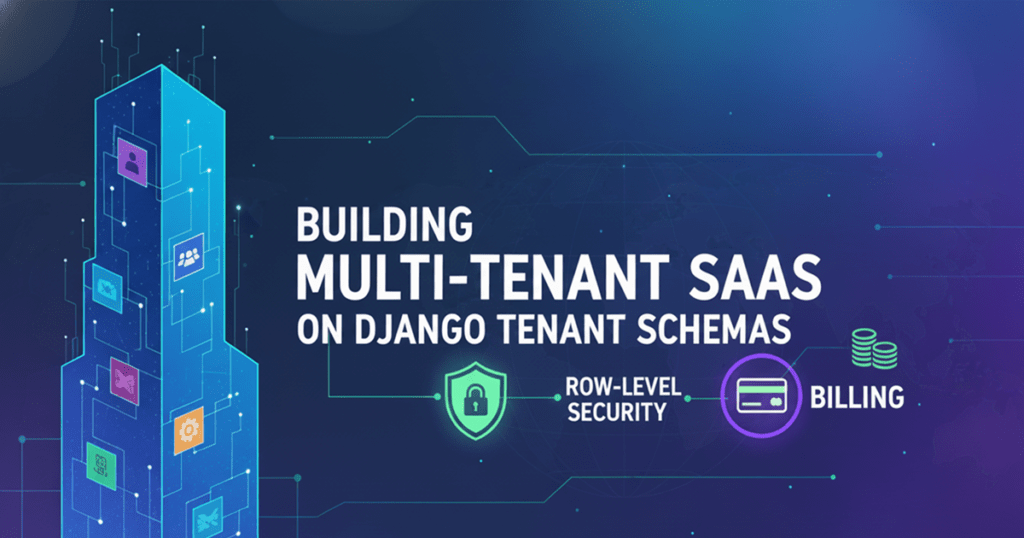
In the rapidly evolving world of cloud-based software, multi-tenancy has become a foundational architectural requirement. Software-as-a-Service platforms today must accommodate hundreds or even thousands of customers on shared infrastructure, while still providing airtight data isolation, configurable access controls, seamless onboarding, and a smooth operational experience. Django, a robust and battle-tested web framework, is highly capable […]
Scalable Web API Development: Django REST Framework Techniques
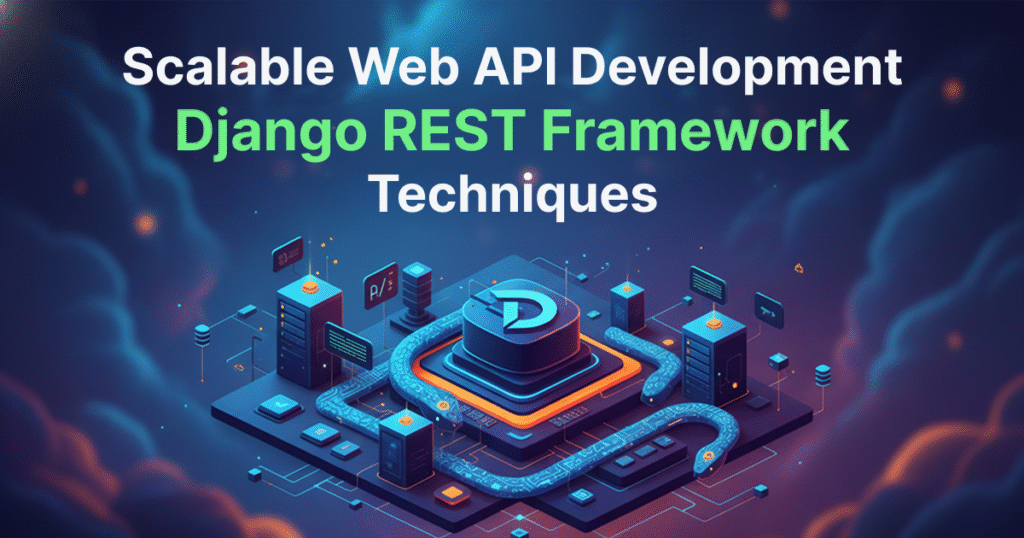
Building scalable Web APIs is no longer optional—it’s essential for modern digital platforms that serve global audiences across India, UAE, Dubai, and other regions worldwide. As businesses expand and user expectations increase, choosing the right API architecture determines performance, reliability, and long-term growth. Django REST Framework (DRF) has emerged as one of the most powerful […]
Monitoring Distributed Systems with Cloud-Native Tools: From CloudWatch to Stackdriver
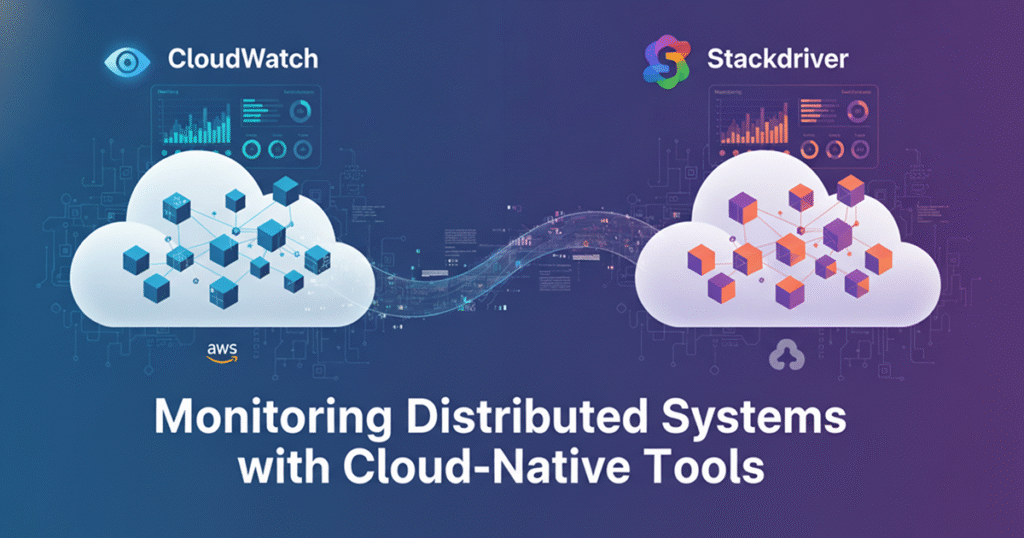
In today’s digital-first world, businesses rely heavily on distributed systems to deliver fast, reliable, and scalable services. Whether it’s an e-commerce platform, a mobile app, or an analytics engine, modern applications are built using multiple microservices, containers, and cloud resources that work together. While this architecture improves performance and flexibility, it also creates complex challenges […]
Scaling the Future: Event-Driven Architectures in Node.js for High-Concurrency Backends

In today’s hyperconnected world, scalability is more than adding servers — it’s about designing systems that respond intelligently, recover gracefully, and perform seamlessly under unpredictable loads. Enterprises embracing AI-driven, cloud-native, and real-time applications need backends that can process thousands of concurrent events without breaking a sweat. At Brigita, we specialize in engineering high-performance AI and […]
Real-Time Data Lakehouse Patterns Using Snowflake and Delta Lake
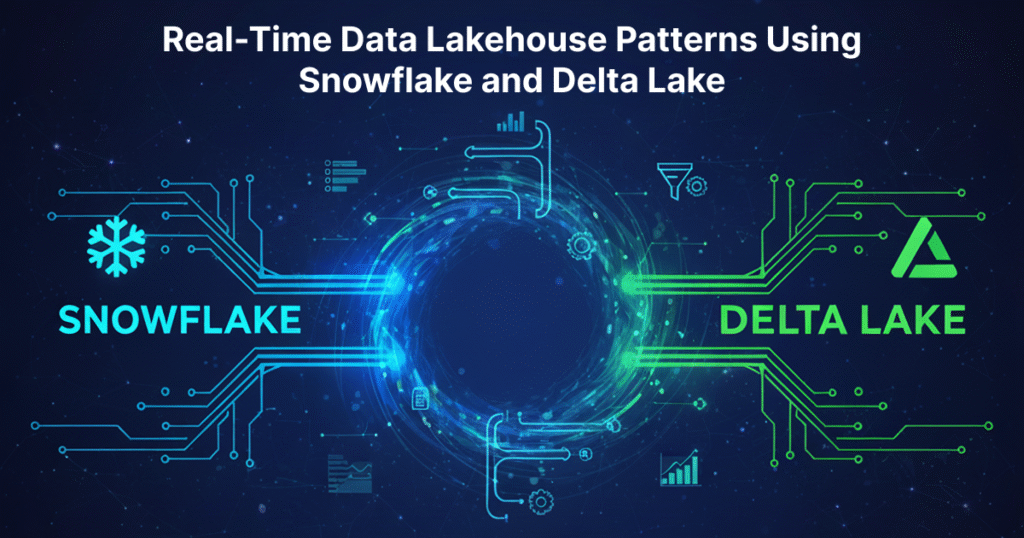
In today’s data-driven world, organizations can’t afford to make decisions on stale information. As data grows in volume and velocity, the need for real-time, scalable architectures becomes essential. That’s where data lakehouses powered by Snowflake and Delta Lake come in—combining real-time streaming, advanced analytics, and governance into one seamless ecosystem. What Is a Data Lakehouse? […]
Building Test Suites for GenAI Applications: Manual & Automated Strategies
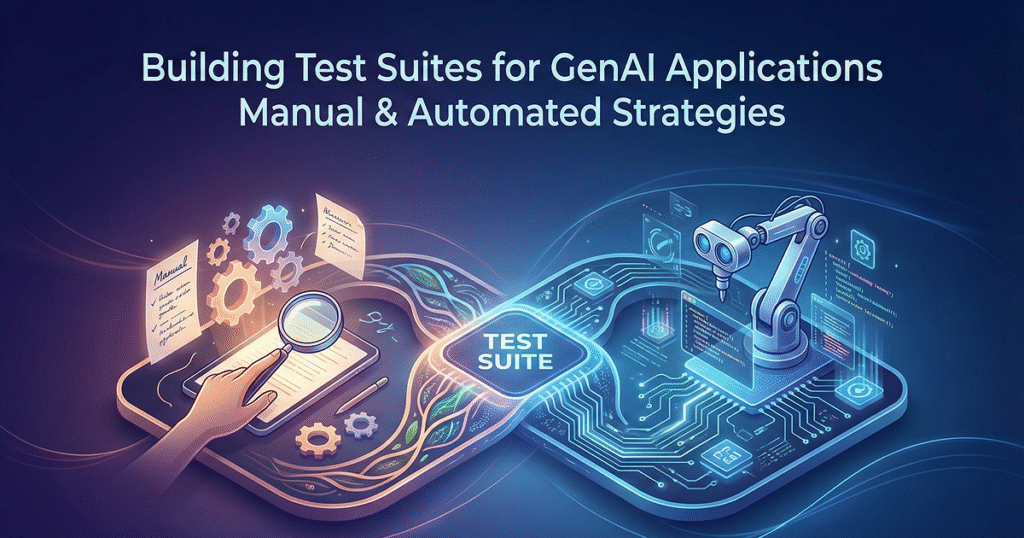
As Generative AI (GenAI) technologies rapidly evolve, they are reshaping industries through intelligent text generation, image synthesis, and autonomous decision-making. However, testing such systems presents new challenges. Unlike traditional software, where outputs are deterministic, GenAI systems produce probabilistic and context-sensitive responses. This unpredictability calls for innovative testing frameworks that combine both manual and automated approaches […]
Hybrid RAG Implementations: Combining Local and Cloud LLMs for Smarter Retrieval-Augmented Generation
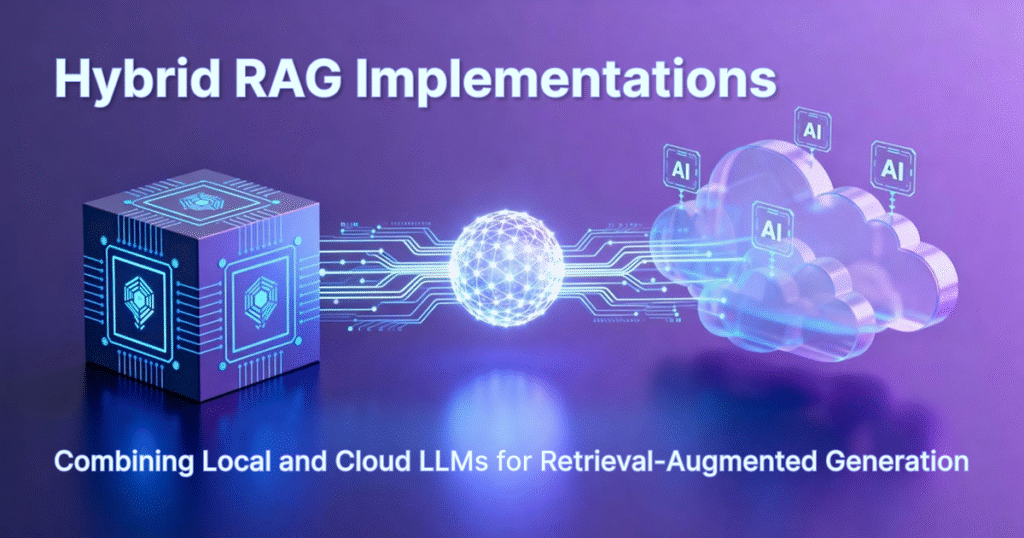
In recent times, Retrieval-Augmented Generation (RAG) has become a powerful approach to make Large Language Models (LLMs) more reliable, accurate, and up-to-date. But as organizations grow, so does their need for flexible and secure RAG systems. That’s where Hybrid RAG comes in — a setup that combines Local and Cloud-based LLMs to get the best […]
Server Components in React: A Game Changer for Performance
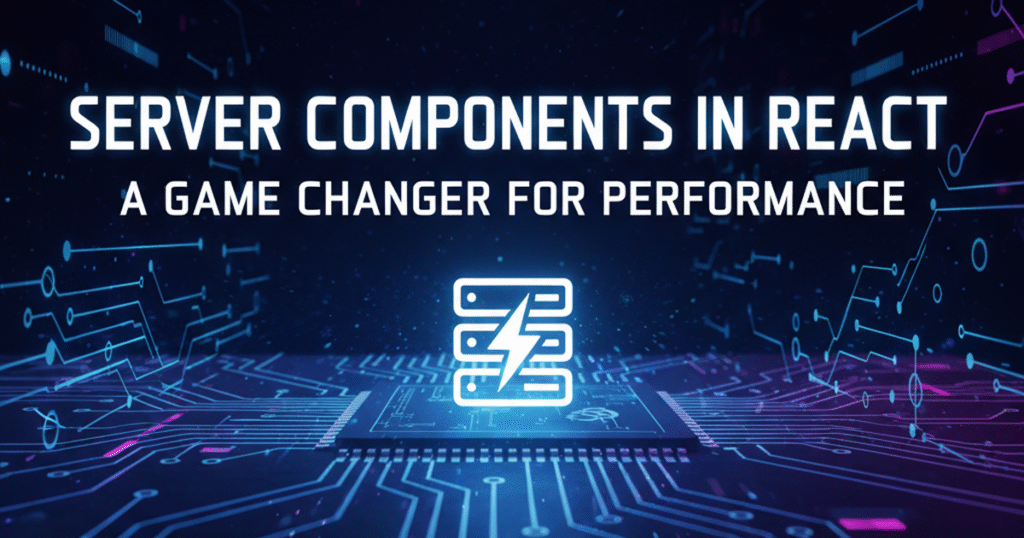
If you’ve been building React apps for a few years, you’ve probably felt the tension: every new feature adds just a little more JavaScript, a few more hooks, another network call, another chunk of UI that needs to hydrate on the client. Individually, none of those decisions feel dangerous. But over time, they pile up […]
Leveraging Managed AI Services: Comparative Insights Across Major Cloud Providers
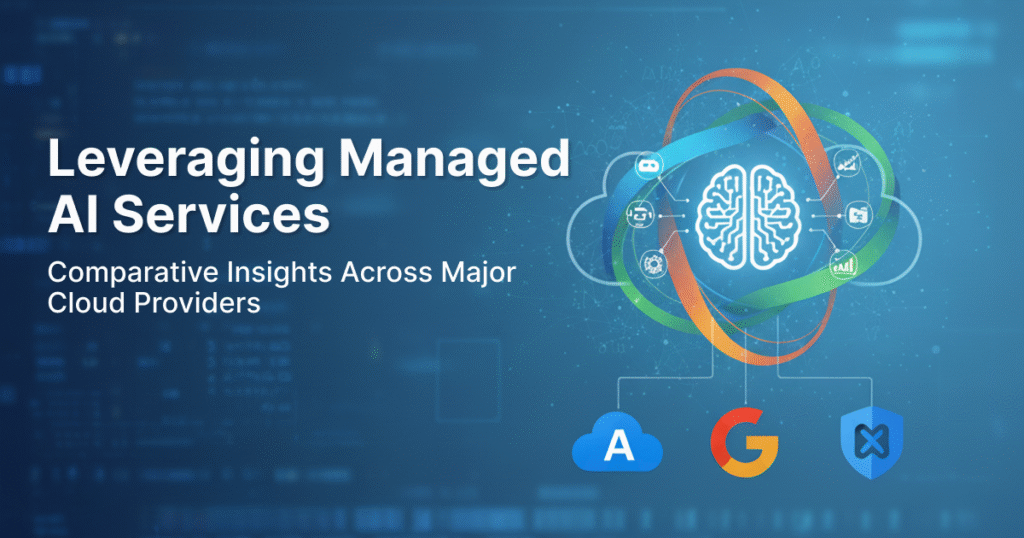
The cloud has changed how we build and run machine-learning systems. A decade ago, teams spent weeks wiring GPUs, configuring drivers, and wrestling with libraries before the first model could even train. Now, managed AI services from major cloud vendors handle that heavy lifting—letting data scientists and engineers focus on the part that matters most: […]
